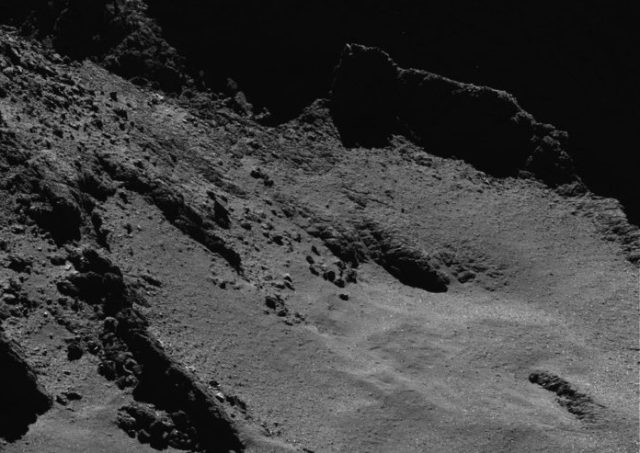
After launching 12 years ago and achieving its primary mission of reaching an orbit around Comet 67P/Churyumov–Gerasimenko, the aging Rosetta spacecraft will now die. On September 30, the European Space Agency says it will command Rosetta to crash into the comet it has been following since 2014.
Now at a distance of more than 850 million km from the Sun, Rosetta's two solar arrays cannot collect enough power to guarantee the spacecraft's heaters will keep it warm enough to survive. Instead of putting Rosetta into hibernation, which engineers believe is not survivable, Rosetta will follow its Philae lander to the surface of the comet.
The journey, at least, should prove fruitful. During the final hours of descent, Rosetta will attempt to capture some very-high-resolution images of the comet while collecting other data about 67P. Scientists hope communications with the spacecraft continue right up until the very end—when it crashes into the comet.
“We’re trying to squeeze as many observations in as possible before we run out of solar power,” said Matt Taylor, ESA Rosetta project scientist. “30 September will mark the end of spacecraft operations, but the beginning of the phase where the full focus of the teams will be on science. That is what the Rosetta mission was launched for, and we have years of work ahead of us, thoroughly analyzing its data.”
reader comments
48